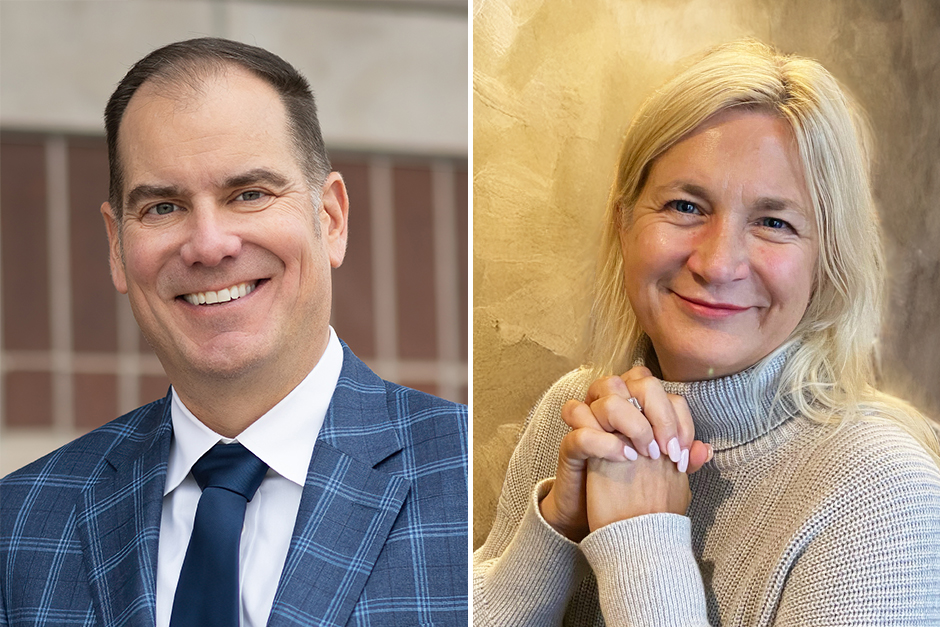Engineering program enters sophomore year with promise
In its first year, six students declared the engineering sciences major. The Department of Physics and Engineering offered five engineering courses, in which an additional 57 non-majors or future majors were enrolled.
“We’re emphasizing hands-on learning,” says Brian Johns, assistant professor of engineering. “I want our students doing engineering things. We’re creating a ‘culture of building’ where students can dream up designs, come down to our shop, and make their ideas a reality. That kind of hands-on experience is sought after by employers.”
He says the One Course At A Time schedule makes this engineering program uniquely hands-on. From the first engineering course, Introduction to Engineering Design, students learn to innovate and collaborate in teams, creating original designs and prototyping their creations using 3D printers. Students advance their fabrication skills in every succeeding course, culminating in a final capstone project based on their broad knowledge attained throughout their education.
A trio of students in a recent Intro class created replacement eyeglass frames using a computer aided design (CAD) program and a 3D printer.
“We wanted to solve a problem that our friends had—people who have glasses break their frames a lot,” Amanda Bentz ’18 said. “So, we decided we would make something that could replace a broken set of frames until they could go to the doctor and get a new set of frames.”
They had to think through each of the pieces on the replacement frames from the tiny screws to the nose piece. The idea is that the lenses of any glasses could fit into the replacement frames and that the frames would fit just about anybody. Even though the class is over, the project is not. Johns told them this project could have a broader application with more uses, which made them think about the future, and they are researching patent law and exploring how to get it to nonprofits for developing countries and low-income families.
In typical Cornellian style, Johns isn’t just teaching engineering skills. He’s pushing his students to meld their technical knowledge ability with critical thinking and leadership ability.
“The goals for my students are to become the leaders of tomorrow–not just the people who sit in cubicles and have the technical skills to succeed, but the people that can go out and become the CEOs, CTOs, and engineering managers,” he says.



